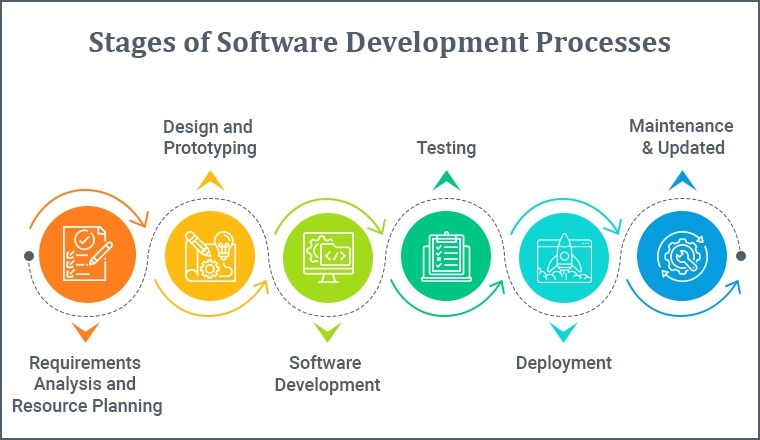Software Development
Software development aims to create efficient, reliable, and user-friendly software. The process typically begins with the requirements-gathering phase, where the needs and expectations for the software application are collected from various stakeholders. This phase is crucial for defining the project's scope and ensuring that the final product aligns with user and business requirements.
-min.png)
-min.png)
-min.png)
